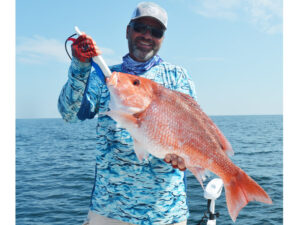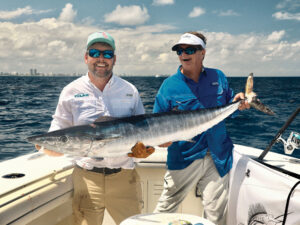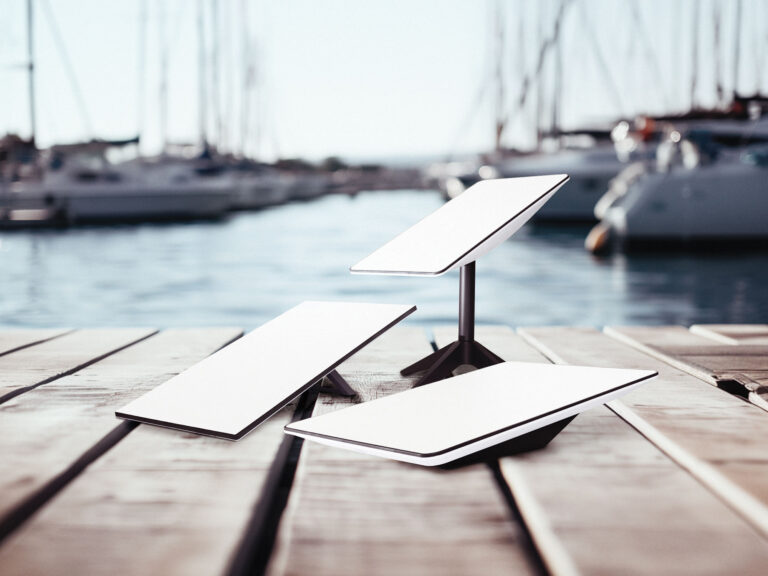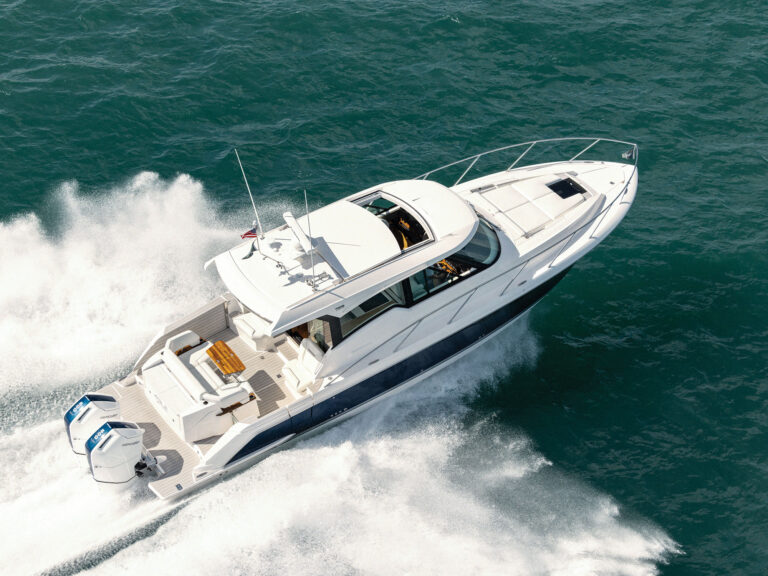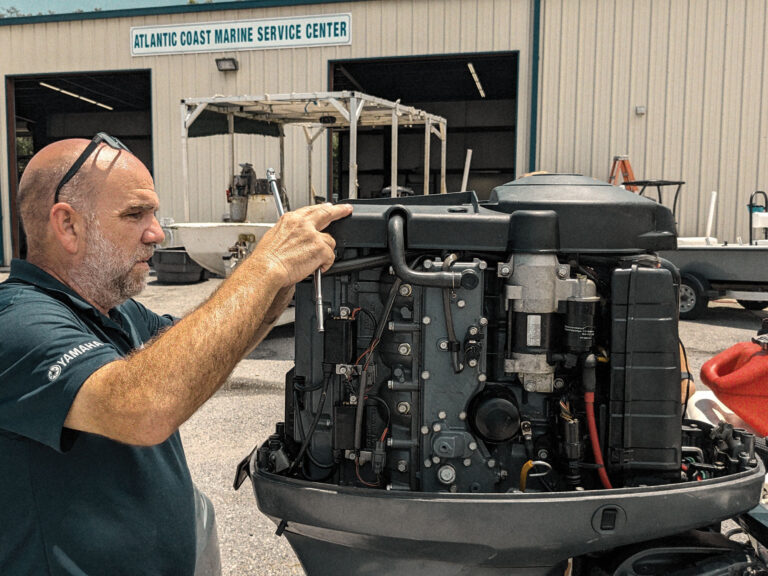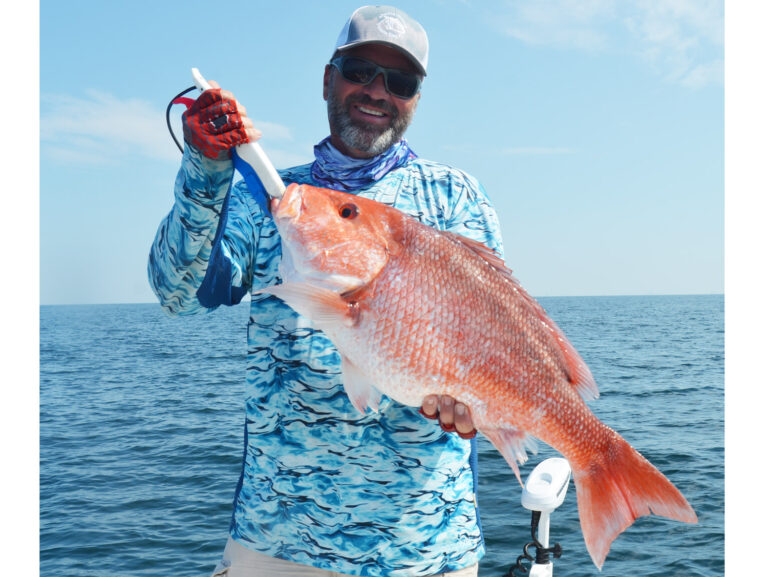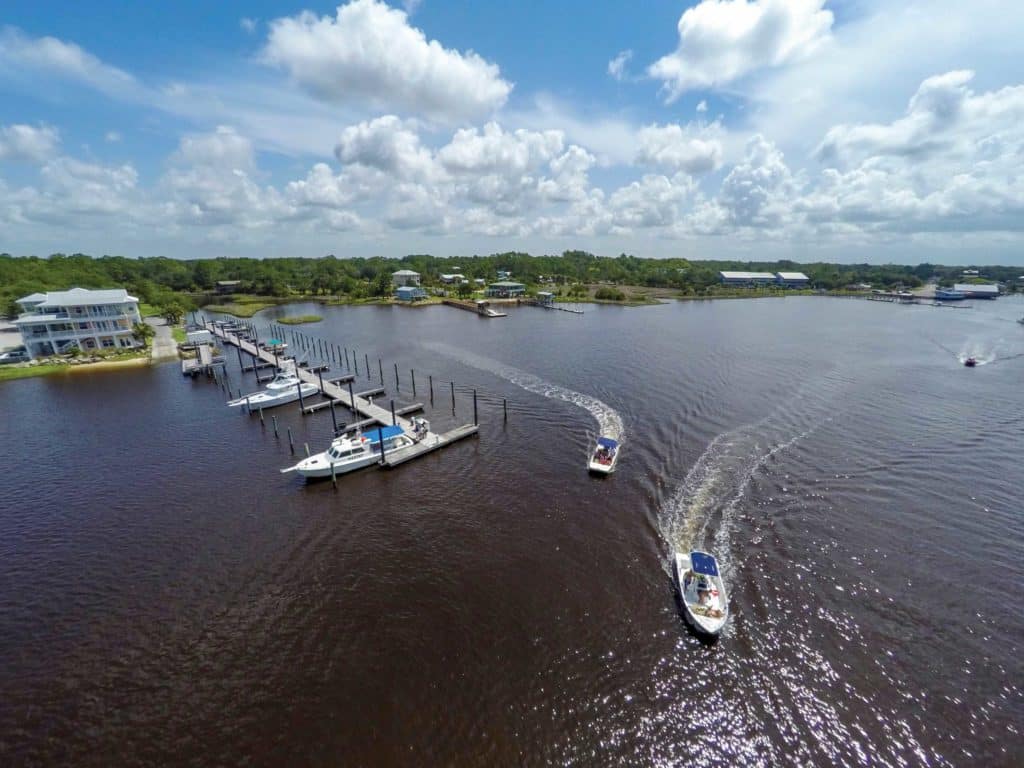
This pandemic-plagued year has proven to be a banner time for families to rediscover nature and spend time on the water. But with that also comes boat traffic and the need for understanding basic protocol. Now more than ever, boating anglers need to know the navigational rules of the road.
Many boaters think that if they can drive a car, they can pilot a boat. “But when you’re driving down the road, you have a general idea of what to expect from cars around you,” says Chris Edmonston, president of the BoatU.S. Foundation. “You also know that, for the most part, other vehicles are going to operate the same way you do, and adhere to the same rules that you do.”
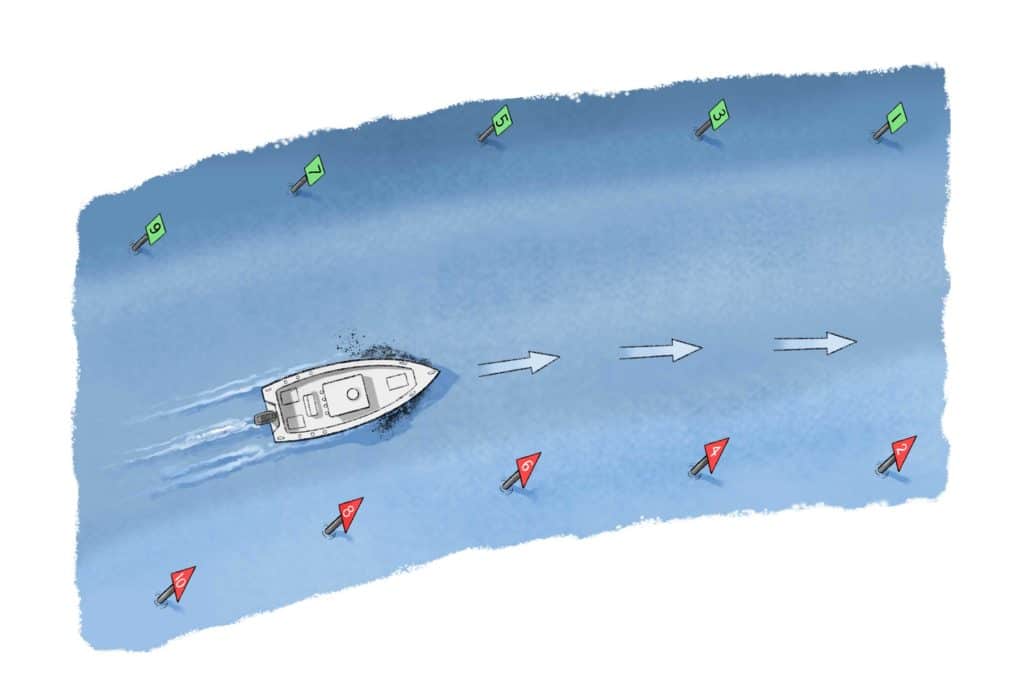
But bay and ocean waters, and even coastal channels, lack divided lanes and stoplights. Thankfully, many inlets and channels do feature green and red markers or buoys outlining opposite edges. Navigating between them keeps you on the safest and often most direct route to sea or to port, depending on whether you’re coming or going.
To stay in the channel, remember this easy phrase: red, right, return. That saying should remind you to keep red markers to your right—and green to your left—whenever heading back to port. When heading out to open water, just reverse the concept and keep red markers to your left.
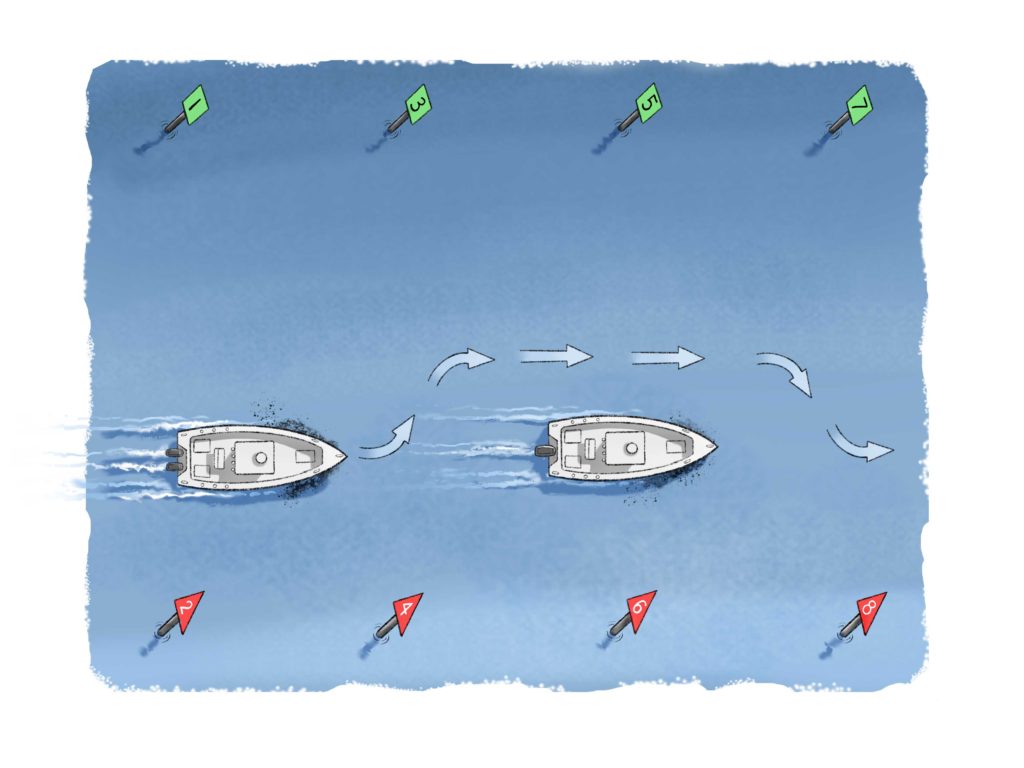
On the water, boats can come at you from any direction. Understanding who has the right of way and how you should pass or overtake other boats comprise the essential rules for boating safely. In general, the boat on your starboard-side (your right) has the right of way in a crossing or overtaking (passing) situation. However, Edmonston points out, forget about who has the right of way when it comes to avoiding accidents.
Rule No. 2, he says, states that while complying with the rules, “you are to be aware of the dangers of collision or other hazardous conditions, and it allows you to break other rules to avoid immediate danger,” such as preventing a collision. “If you can avoid an accident, you must do so,” he adds.
In other words, if another boater approaches from the left (your port side), that captain should yield. But don’t assume he will. You should take necessary action to avoid any potential close-quarters encounter.
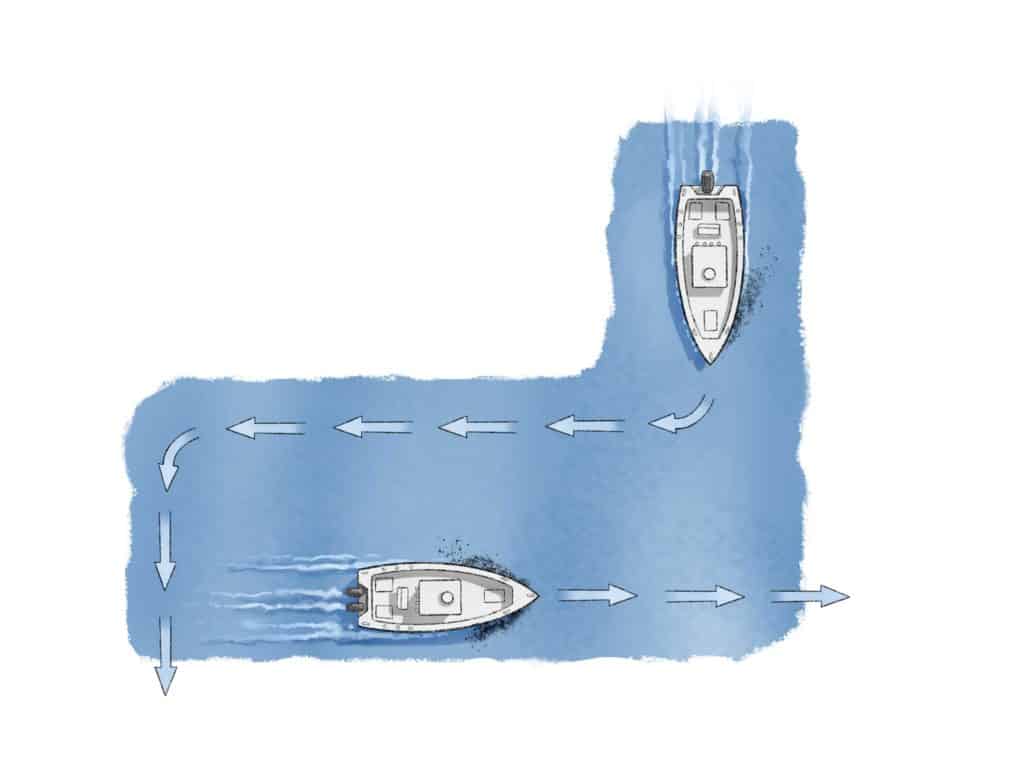
“The rules include nuances for fishing boats, paddlecraft and sailing vessels,” Edmonston adds, “but I’m always of the mind that passing behind another boat rather than in front of it is going to be safer for everybody.”
Keeping a lookout at all times also ranks as a primary nav rule. As a boat-handling instructor, Edmonston says he always emphasized that the helmsman should turn around and look aft. “Look behind you before a turn and, if you don’t know what another boat is doing, slow down.”
Beyond the nav rules on the books, safety advocates preach a list of commonsense operating procedures:
- Save the alcohol for later.
- File a float plan. Let someone know where you plan to fish and when you expect to return.
- Brief your crew. Advise them where safety gear is located, and what to do in an emergency.
- Wear a life jacket, especially if you’re boating alone. And remember to attach the kill switch/safety lanyard to your wrist or clothing when you’re operating the vessel.
- Know the area. If you’re new to the waters, gain local knowledge of trouble spots, such as sandbars, and currents.
Mary Paige Abbott, chief commander of America’s Boating Club, which offers boater resources and courses in safety and navigation, advises all new boaters to take a course, and even experienced boaters to take a refresher. Many states now require boater education for select age groups.
“I live in southwest Florida, and a lot of Northerners come down and don’t know about the area, the tides and currents. Some have been boating for 20 years, but in the Great Lakes. Their experience is still valid, it just doesn’t always quite transfer.”



